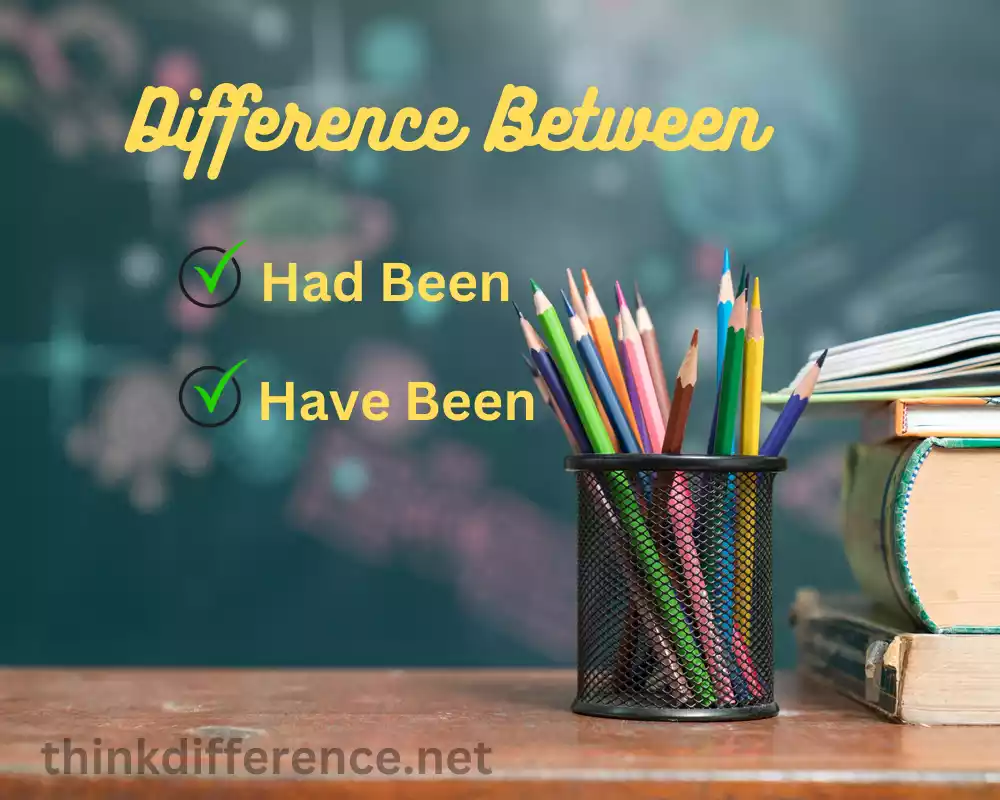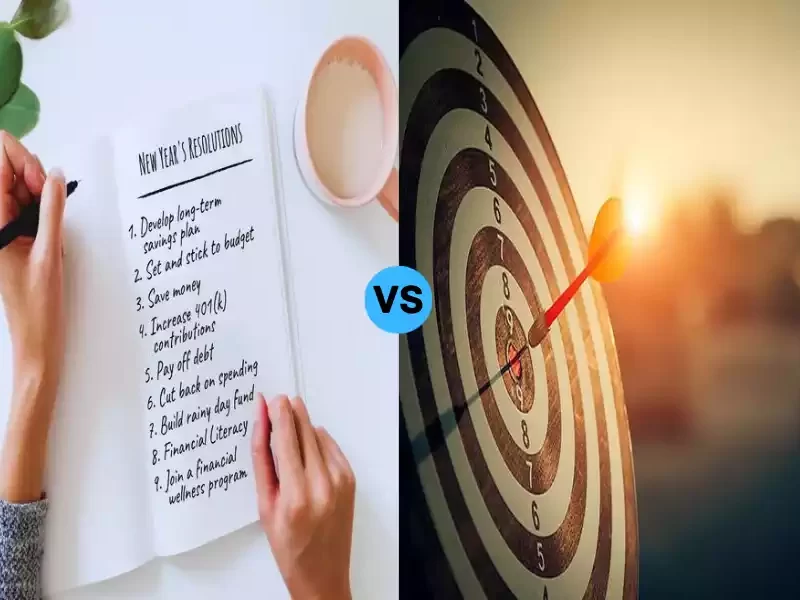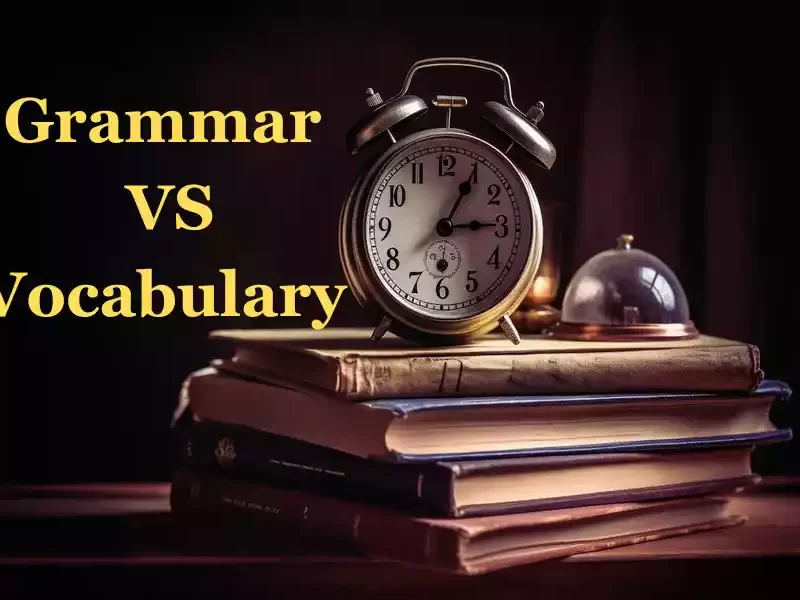The Definition of Had Been and Have Been
Had been:
“Had been” is the past perfect tense. “Had” serves as its own past participle form for “be”.
The past perfect tense is used to describe an action or state which occurred prior to another action or timeframe, emphasizing its completion or conclusion in some way. “Had Been” indicates something happened or existed at some time in the past; specifically at an exact point in time.
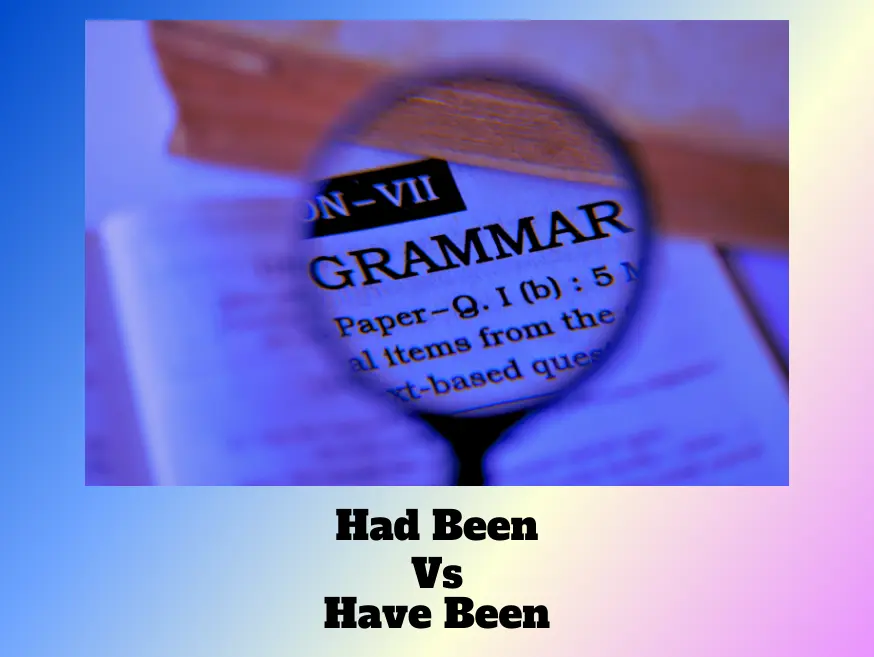
For example:
- She had been studying all night before the exam.
- Arriving late, I found the party already underway.
- The car had been repaired before it broke down again.
“Had been” indicates that these events occurred before an action or state took place; it provides an anchor point in time and allows one to establish reference.
Have been:
Present perfect tense is “have been”. The present participle of “have” combined with past participles of “be,” results in “have been”.
The present perfect is used to express events or actions which started in the past but continue into present time, thus emphasizing their connection. We do not forget what came before.
For example:
- They have been friends since childhood.
- Five years ago, I moved into this city.
- The project has been in progress for several months.
“Have been” indicates that an action or state that began in the past continues in present circumstances; its use emphasizes continuity or duration between past actions or states and current realities. Present perfect refers to this connection between past events and present realities.
Importance of knowing the difference Had Been and Have Been
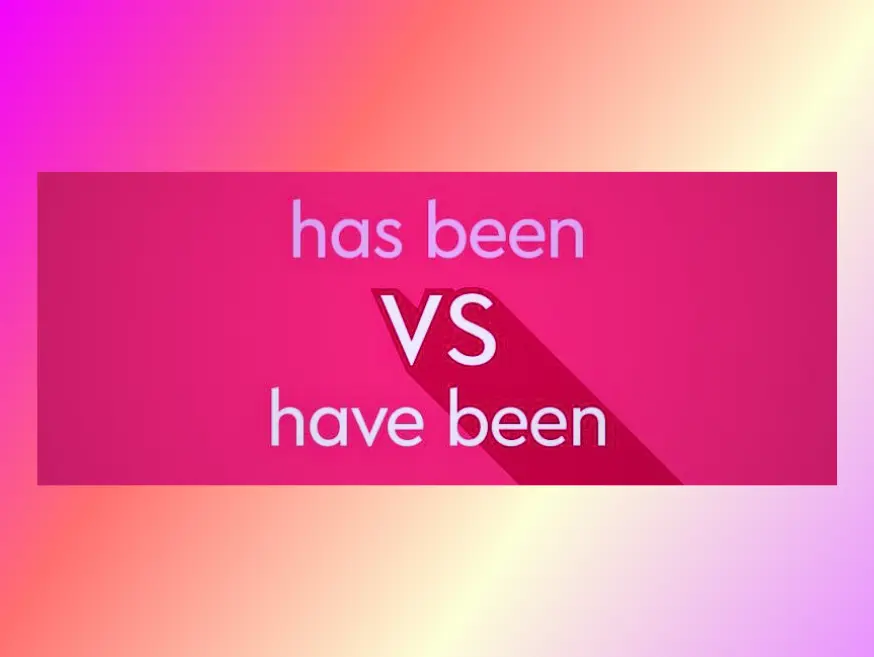
As part of effective communication, it’s crucial that individuals grasp the distinctions between “had” and “have”. For these reasons and more it is imperative that one becomes familiar with these differences between these terms.
- Exact expression of past events: “Had Been” describes actions or states which began before a certain point in history but are ongoing or relevant today. While “Have Been” describes those which started earlier but continue today or still affect us today. When discussing events from the past, using correct tenses is critical in providing both accuracy and clarity when recounting these stories.
- Avoiding confusion and miscommunication: Miscommunication and confusion can be reduced through proper verb form usage. Misusing verb forms may change their meaning, leading to inaccurate statements. Understanding and using them appropriately will enable you to effectively convey information while also avoiding potential confusion.
- Proper Storytelling: For effective storytelling it is critical that we maintain an orderly timeline when recounting past events or stories. “Had Been” establishes points in time which show when something occurred before another one and “Have-been” emphasizes continuity from past to present tense events/actions/statements – this ensures a logical tale with seamless narration.
- Writing Formal Documents and Business Correspondence: It is crucial that academic writers, professional communicators and any other formal context demonstrate an understanding of grammar and verb usage correctly in academic papers, professional correspondence or any formal setting. Misuse of “had been” or “have been” could undermine credibility as it dilutes your message – you could display more language knowledge and professionalism by using these verb forms instead.
- Fluency in Language: Knowing how to utilize verb tenses such as “had been” or “have been” contributes to language fluency, as you’re better able to express yourself accurately and precisely, leading to more persuasive and effective communications. Your writing and speaking abilities will benefit immensely by having an extensive grasp on verb tenses; more confidence will allow for easier expression of ideas or thoughts!
Mastery of the difference between “had been” and “have been” allows for clear communication, reduces confusion and enhances language proficiency. Understanding these distinctions ensures proper expression of past events while making verb tense consistent throughout different contexts – ultimately contributing to effective writing and speaking abilities.
Usage of “Had been”
“Had been” is most frequently employed to signify completed actions or states prior to another action or time in history. Below are key aspects regarding its usage:
Past Perfect Tense (Had Been): This form combines past perfect form of the verb “been” and its past participle form (“had”) for use when describing actions or states which occurred prior to an exact point in history. This tense can also be used when discussing events which happened just prior to one point in history.
Example:
- She worked at the company for five years until she eventually decided to quit.
Sequencing past Events: “Had Been” can be used as an indication that something occurred before another past event took place and highlighted as part of its sequence or completion. It serves to highlight this aspect and provides context around earlier actions taken or completed.
Example:
- Arriving, they had already been waiting over an hour before I took over their service.
Narrating Backgrounds: “Had-been” can provide background or provide context for events which occurred in the past, by detailing actions or states which played a significant role at certain moments in time in history.
Example:
- The garden was beautifully maintained because the gardener had been taking care of it diligently.
Conditional statements: Apply “Had-been” when writing conditional sentences that portray imagined past events and scenarios that did not come true in reality. It evokes hypothetical or unreal past conditions or outcomes which might have taken place had certain requirements been fulfilled in the past.
Example:
He would not have fallen had he been more careful.
Reporting Speech and Indirect Statements: The term had-been is commonly used when reporting someone else’s past words or thoughts; or for conveying reported speech.
Example:
- She said that she had been to Paris before.
“Had been” can be used to refer back to past hypothetical conditions or reports on reported speech or provide indirect statements.
Usage of “Have been”
Present perfect tenses are used to express actions or conditions which began in the past but continue into present time. Here are a few important details regarding “have-been”.
Present Perfect Tense (Have Been): This form combines “have” in the present tense with “been” from past participle to produce the present perfect tense, which can be used to describe an action or state that started in the past but has a link with present-day activities or states.
Example:
- They have been friends for a long time.
Ongoing actions or states: “Have-been” refers to actions or states which continue. It implies that something started at one point has continued up to this present point in time.
Example:
- I have been studying Spanish for three years.
Experiences or achievements: “Milestones” can be defined as achievements or experiences in someone’s life that were accomplished or experienced over time. Such words suggest they experienced or achieved certain things previously.
Example:
- She has been to several countries around the world.
Recent past actions: “Have-been” refers to events or actions which recently happened or just recently took place and bridges the past and the present in some way.
Example:
- I have been working on this report all morning.
Actions or States Not Completed: “Have-been” can be used to refer to actions which haven’t yet come to completion at the time of speaking; it means they haven’t come full circle yet and have yet to become final.
Example:
- The construction project has been going on for months.
Have been” is used to discuss past achievements or experiences that ties in directly with current activities; connecting past events to those happening today by emphasizing links between past and current events.
Comparison table of Had Been and Have Been
Here’s a comparison table highlighting the key differences between “had been” and “have been”:
| Aspect | “Had Been” | “Have Been” |
|---|---|---|
| Verb Tense | Past Perfect | Present Perfect |
| Temporal Reference | Refers to a completed action or state that occurred before another past action | Refers to an action or state that started in the past and continues into the present |
| Example Sentence | He had been studying for hours before he took the exam. | I have been working at this company for five years. |
| Duration | Emphasizes the duration or continuity of an action or state in the past | Indicates the experience or accomplishment up to the present moment |
| Contextual Clues | Usually used in the context of past events or actions | Typically used to describe present experiences or achievements |
| Sentence Structure | Subject + “had been” + past participle | Subject + “have been” + present participle |
Common mistakes and confusion
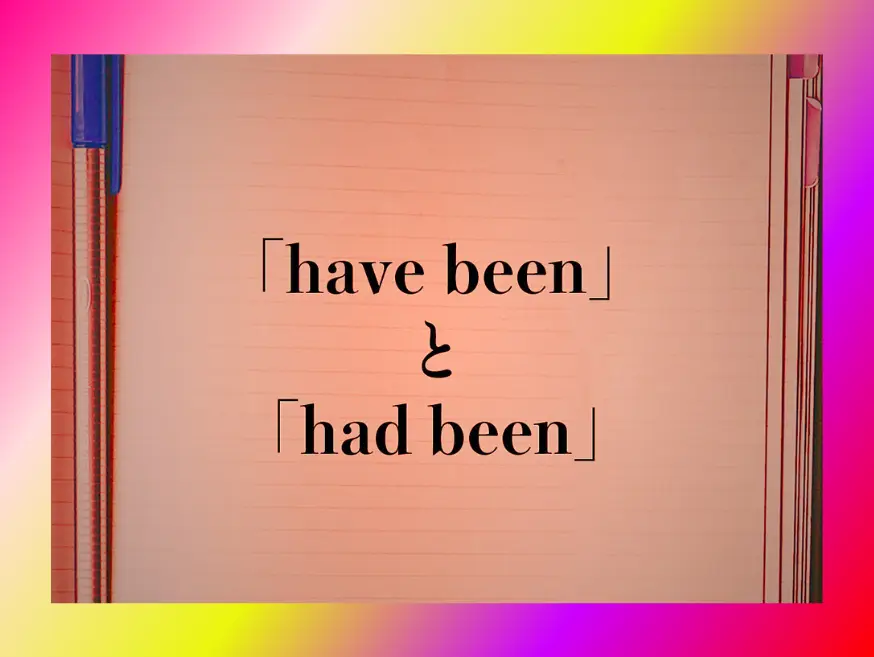
Due to their similar structure and subtle distinctions in meaning, “had been” or “have been” may lead to confusion and mistakes.
Here are some areas where this occurs and potential solutions:
Confusing past perfect with present perfect tense:
- Mistake: Using “have been” instead of “had been” when referring to a completed action or state before another past event.
- Example: “She have been studying all night before the exam.” (Incorrect)
- Correction: “She had been studying all night before the exam.” (Correct)
Incorrect tense agreement:
- Mistake: Failing to match the tense of the auxiliary verb “have” or “had” with the subject of the sentence.
- Example: “He have been working here for ten years.” (Incorrect)
- Correction: “He has been working here for ten years.” (Correct)
Overuse or incorrect placement of “had been” or “have been”:
- Mistake: Using “had been” or “have been” unnecessarily or placing them in the wrong positions within a sentence.
- Example: “I had been going to the gym, but stopped going.” (Incorrect)
- Correction: “I went to the gym, but stopped going.” (Correct)
Failure to distinguish between completed and ongoing actions:
- Mistake: Using “had been” when referring to an action or state that is ongoing or still relevant in the present.
- Example: “They had been friends for a long time.” (Incorrect – suggests the friendship no longer exists)
- Correction: “They have been friends for a long time.” (Correct – emphasizes the ongoing friendship)
Lack of clarity in sequencing events:
- Mistake: Incorrectly using “had been” and “have been” to describe the chronological order of past events.
- Example: “He arrived, and they have been waiting for him.” (Confusing the order of events)
- Correction: “He arrived, and they had been waiting for him.” (Clarifies that the waiting occurred before his arrival)
Know the meaning and usage of “had” and “have” to avoid confusion and errors in usage, as this will help ensure proper verb tenses and state continuation. Pay particular attention to context, verb agreement and past/ present relations when using these verb forms – correct usage will help develop a greater understanding.
Conclusion
Understanding the difference between “had been” and “have been” is essential for using verb tenses accurately in English. “Had been” is used in the past perfect tense for actions completed before a certain point in the past, while “have been” is used in the present perfect tense Actions initiated in the past that continue today. By using these verb forms correctly, you can enhance the clarity and precision of your communication.

